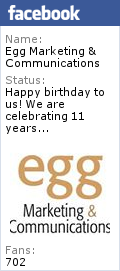You may have heard about (or seen) Hardee’s commercials featuring a strip-teasing teacher, Paris Hilton washing a car, or a woman putting her fist in her mouth and wondered exactly what the burger chain was selling. The company has been getting a lot of flack for its “sex sells” campaigns, and I have to agree with the critics. While, yes, as a marketer, I understand that sex is used all the time to sell products, I have to draw the line at the innuendo that a teacher being ogled by her students presents. Sure, it was a spoof. I could almost laugh at it. But for the fact that degrades women (essentially comparing them to a slab of beef) and gives young men and women a skewed idea of what marketing should be.
And come on, who really believes Paris washes her own car or eats greasy burgers? Read more


